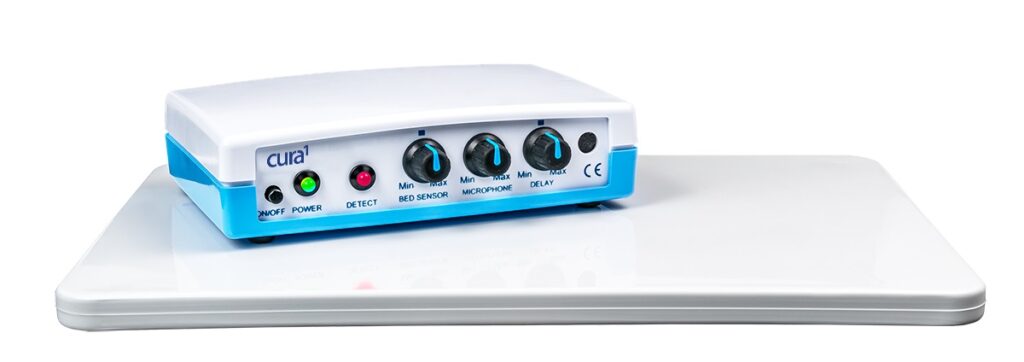Facts About Epilepsy: What It Is, Causes, Symptoms and Treatment
Facts about epilepsy: There are many different types of epilepsy, which is a general term used to describe recurring seizures that can be triggered by several different factors. In most cases, an individual will only experience one or two seizures in their lifetime, and they may never experience another one again. However, some people have more frequent occurrences and must contend with the disorder daily. If you have been diagnosed with epilepsy or are concerned about the possibility because of family history, there are many things you should know about this medical condition. An understanding of the facts can help you take the necessary precautions and seek out treatment if necessary.
What is Epilepsy?
If you have a seizure or experience an episode of sudden, involuntary muscle spasms or a loss of consciousness, you could have epilepsy. This can be either a primary or secondary condition. People with primary epilepsy have seizures due to an underlying condition such as stroke, a brain tumour, or alcohol withdrawal, while those with secondary epilepsy have seizures due to a different medical condition such as high blood pressure, low blood sugar, or psychological distress. Epilepsy can be treated though and many people with epilepsy go on to live normal, productive lives. Epilepsy is a brain disorder that causes seizures, and periods of abnormal electrical activity in the brain that can cause changes in behaviour, sensations, awareness, and feelings. Epilepsy can have a lasting effect on the person’s health and lifestyle but can be controlled with medication.
What is a seizure?
If you experience a seizure, you are likely experiencing a frightening health issue that can affect your life in a variety of ways. The good news is that most seizures are not life-threatening and can be controlled with medication. Seizures caused by epilepsy can be divided into two categories: generalized seizures and partial seizures. Here are a few key facts about each type of seizure.
Generalized Seizures – A seizure that affects the entire brain at once, often resulting in a blackout, involuntary muscle movements, or a feeling of intense emotions.
Partial Seizures – A seizure that affects only one area of the brain, often resulting in temporary motor or sensory problems.
What are the different types of epilepsy?
While the exact causes of epilepsy are not always known, there are several different types of epilepsy, each with its own characteristics. People with epilepsy often experience clusters of seizures, sometimes several times a day and sometimes not for years at a time. Medications can control the frequency and intensity of seizures for many people. To determine the type of epilepsy you have, your doctor will ask about your medical history, conduct a physical exam, and may perform certain tests. Seizures caused by epilepsy can be divided into two categories: generalized seizures and partial seizures. Here are a few key facts about each type of seizure.
Generalized Seizures – A seizure that affects the entire brain at once, often resulting in a blackout, involuntary muscle movements, or a feeling of intense emotions.
Partial Seizures – A seizure that affects only one area of the brain, often resulting in temporary motor or sensory problems.
Facts about Epilepsy – What are the Causes?
The exact cause of epilepsy is unknown in about 2/3rds of all cases, but the most common types of epilepsy usually have a specific cause or trigger. For example, some types of epilepsy can be caused by brain injury or infection, while others are hereditary. Epilepsy can also be caused by metabolic disorders, central nervous system disorders, or by use of certain drugs. Here are a few examples of causes for epilepsy.
Brain Injury – A traumatic injury to the brain, such as a stroke or head injury, can lead to epilepsy in some cases.
Metabolic Disorders – Failing organ systems in the body can lead to epilepsy, including those related to metabolism and blood flow.
Central Nervous System Disorders – Conditions that affect the central nervous system, such as a brain tumour, can sometimes cause epilepsy.
Drug-Related – Certain drugs, even those prescribed by a doctor, can lead to epilepsy.
Symptoms of Epilepsy
The symptoms of epilepsy vary by type and also depend on whether the condition is in remission or active.
When a seizure occurs, you may experience one or more of these symptoms:
– Sudden loss of consciousness
– Sudden confusion
– Sudden motor movements
– Sudden sensation such as an unusual smell or taste
– Sudden loss of bowel or bladder control
– Sudden increase in heart rate
– Sudden change in breathing pattern
– Sudden feeling of panic
– Sudden sweating
– Sudden nausea
– Sudden feeling of being extremely happy
– Sudden feeling of being extremely sad
– Sudden crying
If a seizure does occur, you will most likely recover within 30 minutes. If you have epilepsy, you should always notify your doctor if you experience any of the above symptoms.
Treatment Options for Epilepsy
There is no cure for epilepsy, but you can significantly reduce the risk of seizures by closely monitoring your health and taking the necessary precautions. Depending on the type of epilepsy you have, your doctor may recommend a certain diet, exercise routine, and other lifestyle changes. To reduce the risk of seizures, many people with epilepsy take medication, but this is not always the case. Some people with epilepsy may also benefit from more advanced therapies such as brain stimulation or surgery, but these are only done in extreme cases.
Medication – A doctor may prescribe an anticonvulsant medication as a first step toward managing epilepsy.
Diet – Certain foods can trigger seizures in people with epilepsy and are known as epilepsy triggers.
Exercise – Exercise has been shown to prevent epileptic seizures and improve the quality of life for people with the condition.
Other Therapies – Some people with epilepsy may benefit from more advanced therapies such as brain stimulation or surgery, but these are only done in extreme cases.
NDIS epilepsy – In cases related to disability, you may be able to receive funding from the NDIS.
Facts about epilepsy – Seizure Alerting technology
Seizure alerting technology, like the Cura1 Serizurealert kits, are medical devices that alert caregivers or emergency responders about a seizure. It can help caregivers detect a seizure before it occurs, and potentially prevent injury or death. Although it has been used in hospitals for some time, it is becoming increasingly popular with consumers at home as well.
Seizure alerting technology may be used in individuals with epilepsy or other conditions that can cause seizures. It may also be used to detect status epilepticus (a prolonged seizure), which can be dangerous if not treated immediately.

Conclusion
Epilepsy, a disorder that causes seizures, affects about 2% of the population. There are many different types of epilepsy and many different causes for the condition.










